Understanding Different Hairstyles Tools
When it comes to achieving the perfect hairstyle, the tools you use make all the difference. With a wide array of hairstyles tools available, understanding their functions and features can help you make informed choices. This guide delves into various essential tools that every hair enthusiast should know about, allowing for versatile styling options and flawless results.
Hair Dryers: Types and Features
Hair dryers come in various types and designs, catering to different hair types and styling preferences. When selecting a hair dryer, consider the following options:
- Traditional Hair Dryers: Basic models that provide heat and airflow. They are generally less expensive but may lack advanced features.
- Ionic Hair Dryers: Emit negative ions to break down water molecules, resulting in quicker drying times and reduced frizz.
- Tourmaline Hair Dryers: Often combined with ionic technology, these dryers release infrared heat, making them gentler on hair while speeding up drying times.
- Professional Hair Dryers: Designed for salon use, these units often feature powerful motors, multiple heat settings, and advanced technologies, providing optimal performance.
In addition to the type, look for features such as adjustable heat and speed settings, a cool shot button to lock styles in place, and lightweight designs for ease of handling.
Flat Irons: Choosing the Right Tool
Flat irons are indispensable for achieving sleek, straight locks or creating waves and curls. Choosing the right flat iron depends on several crucial factors:
- Plate Material: Ceramic, titanium, and tourmaline are common materials. Ceramic provides even heat distribution, titanium heats up quickly, and tourmaline reduces frizz and static.
- Plate Width: Wider plates cover more hair and are ideal for longer hair, whereas narrower plates work better for short or layered styles.
- Temperature Control: Look for models with adjustable temperature settings to customize the heat according to your hair type—fine hair may require lower heat, while thick hair might need higher settings.
- Additional Features: Some flat irons include steam functions for added hydration or automatic shut-off for safety.
Curling Irons: Techniques for Perfect Curls
Curling irons come in diverse barrel sizes and shapes, allowing for a variety of curl styles. Here are some insights into using these tools effectively:
- Choosing the Right Barrel Size: Smaller barrels produce tighter curls, while larger barrels create loose waves.
- How to Curl: For defined curls, wrap a section of hair around the barrel for a few seconds. For beachy waves, use the clamp less and alternate the direction of the curls for a more natural look.
- Heat Protection: Always use a heat protectant spray to minimize damage and enhance shine.
- Finishing Touches: Use a lightweight hairspray to set curls in place without making them stiff.
Popular Hairstyles with Professional Tools
Now that we understand the essential tools, let’s explore popular hairstyles achievable with professional styling implements. Each hairstyle reflects unique preferences, and utilizing the right tools can create stunning looks with ease.
Everyday Styles: Quick and Simple Solutions
For everyday wear, quick and effortless styles can enhance your confidence without taking too much time. Here are a few techniques:
- Sleek Ponytail: Use a flat iron to smooth hair and a hair dryer to give extra volume at the roots. Secure with a hair tie and wrap a section of hair around the base for a polished look.
- Messy Bun: Start with textured hair or use a curling iron for soft waves. Gather hair into a high ponytail, twist, and wrap it around the base before securing with bobby pins.
- Natural Beach Waves: Use a sea salt spray and a curling iron with a larger barrel. Curl random sections of hair loosely, then separate the curls with your fingers for a tousled effect.
Evening Looks: Glamorous Styling Techniques
For special occasions, a touch of glam gives an elegant vibe. Consider these styling methods:
- Hollywood Glam Waves: Achieve this by using a large-barrel curling iron. Curl the hair away from the face, let cool, then brush through and use a strong-hold hairspray.
- Textured Half-Up Style: Use your curling iron to create waves, section off the top half of your hair, and twist it back. Secure with a decorative pin for added flair.
- Chignon Bun: For a chic look, use your flat iron to straighten, then form a chignon by twisting all the hair back, securing into a low bun, and using hairpins for a tidy finish.
Seasonal Trends: Adapting Tools for Changes
Seasonal changes often require different styling techniques. Here are popular trends for each season:
- Spring: Soft braids are in, often paired with flowers. Utilize a heat protectant and curling wand to prep the hair with soft waves before braiding.
- Summer: Embrace the natural look with messy, tousled hair. Air-dry or use a diffuser attachment for a free-spirited vibe.
- Autumn: Rich, warm colors combined with sleek styles like the straight bob are trending. A sharp flat iron will emphasize the look.
- Winter: Glamorous updos and textured curls are perfect for parties. Use appropriate styling tools to create volume and maintain curls even in cold weather.
Best Practices for Using Hairstyles Tools
To maximize the benefits of hairstyling tools, it’s essential to adopt best practices. Whether using a hair dryer or a curling iron, proper techniques enhance results and protect your hair in the long run.
Pre-Styling Preparation and Care
Preparation is key to achieving beautiful, healthy styles. Follow these steps for effective pre-styling care:
- Wash and Condition: Start with a good shampoo and conditioner suited for your hair type. Moisturizing ingredients help preserve hair health.
- Use a Heat Protectant: Prior to any heat styling, apply a heat protectant spray to shield your hair from damage, especially if you frequently use hot tools.
- Dry Properly: Use a microfiber towel to gently blot moisture from your hair instead of rubbing it aggressively. Too much friction can lead to breakage.
Techniques for Lasting Styles
Once styled, maintaining your hairstyle throughout the day is essential. Consider these techniques:
- Setting Products: Use light sprays or mousses to set styles without weighing them down.
- Cool Shot Function: Leverage the cool shot button on your hair dryer or curling iron to help set the style.
- Avoid Touching: Refrain from playing with your hair too much after styling, as this can create frizz and diminish the style’s longevity.
Safety Tips: Avoiding Hair Damage
Safety is paramount when using hairstyling tools. Here are essential tips to avoid damaging your hair:
- Monitor Heat Settings: Use the lowest effective heat setting based on your hair type to minimize damage.
- Regular Maintenance: Clean your tools regularly to prevent product build-up and maintain efficient performance.
- Limit Heat Exposure: Give your hair breaks from heat styling; consider air-drying or trying heatless hairstyles occasionally.
Innovations in Hairstyles Tools
The beauty industry continuously evolves, particularly in hairstyling tools with new innovations enhancing user experience. Understanding both modern technology and classic tools can empower you to choose effectively.
Smart Features and Technologies
Cutting-edge hairstyling tools now come equipped with smart technologies, leading to more efficient and effective styling:
- Smart Sensors: Some modern hair dryers detect moisture levels and adjust the heat to prevent overheating and damage.
- Heat Memory: Certain flat irons retain the last-used temperature setting, streamlining your styling process.
- Bluetooth Connectivity: Innovative styling tools allow connection to mobile apps that provide styling tips based on current hair conditions.
Comparing Traditional vs. Modern Tools
While traditional hairstyling tools are tried and true, modern tools often integrate advanced technology for better results:
- Performance: Modern tools often offer better heat distribution and faster styling times, which is a significant advantage for busy individuals.
- Versatility: Newer tools often serve multiple functions, allowing users to curl, wave, and straighten with a single device.
- Healthier Styling: Many modern tools are designed with hair health in mind, incorporating features that reduce heat damage and enhance shine.
Emerging Trends in Hair Care Technology
As we move forward, keep an eye on emerging trends that continue to influence hair care technology:
- Self-Styling Tools: Tools that allow users to style their hair with minimal input are gaining popularity, catering to those with busy lifestyles.
- Eco-Friendly Innovations: Sustainable materials and energy-efficient designs are becoming standard as consumers demand more green options.
- Customizable Settings: Future tools may offer even more personalization in temperature settings and styling techniques tailored to individual hair types.
Measuring Success: Results from Using Hairstyles Tools
Achieving specific styling goals is crucial to understanding the effectiveness of your hairstyling tools. Here are ways to measure your success:
Before and After: Real-Life Examples
Evidence of successful styling often comes from clear before-and-after comparisons:
- Client Transformations: Many salons showcase their work through transformations, demonstrating how specific tools lead directly to improved styles.
- Social Media Showcases: Hairstyles shared on platforms like Instagram and Pinterest often include before-and-after posts using different tools.
User Feedback: Reviews of Tools
User reviews can provide insight into the effectiveness of particular styling tools:
- Ratings and Experiences: Review platforms and retailer websites can portray a collection of user experiences regarding specific tools.
- Crowdsourced Tips: Users often share styling tips that enhance tool effectiveness based on their personal experiences.
Tracking Performance Metrics in Styling
For professional hair stylists and enthusiasts alike, tracking performance metrics helps assess tool effectiveness:
- Style Longevity: Observing how long a style lasts after using specific tools helps indicate their effectiveness.
- Health Assessment: Regularly checking hair condition can inform users about the level of damage sustained while styling.
- Feedback Collection: Gathering client feedback on how styles held up over time can help assess successful tool usages.
In conclusion, understanding and utilizing the right hairstyles tools is foundational for achieving a wide range of styles while protecting hair health. From hair dryers to styling innovations, each tool plays a vital role in creating the perfect hair days. By adopting best practices and staying informed about advancements and trends, anyone can elevate their hairstyling game to new heights.
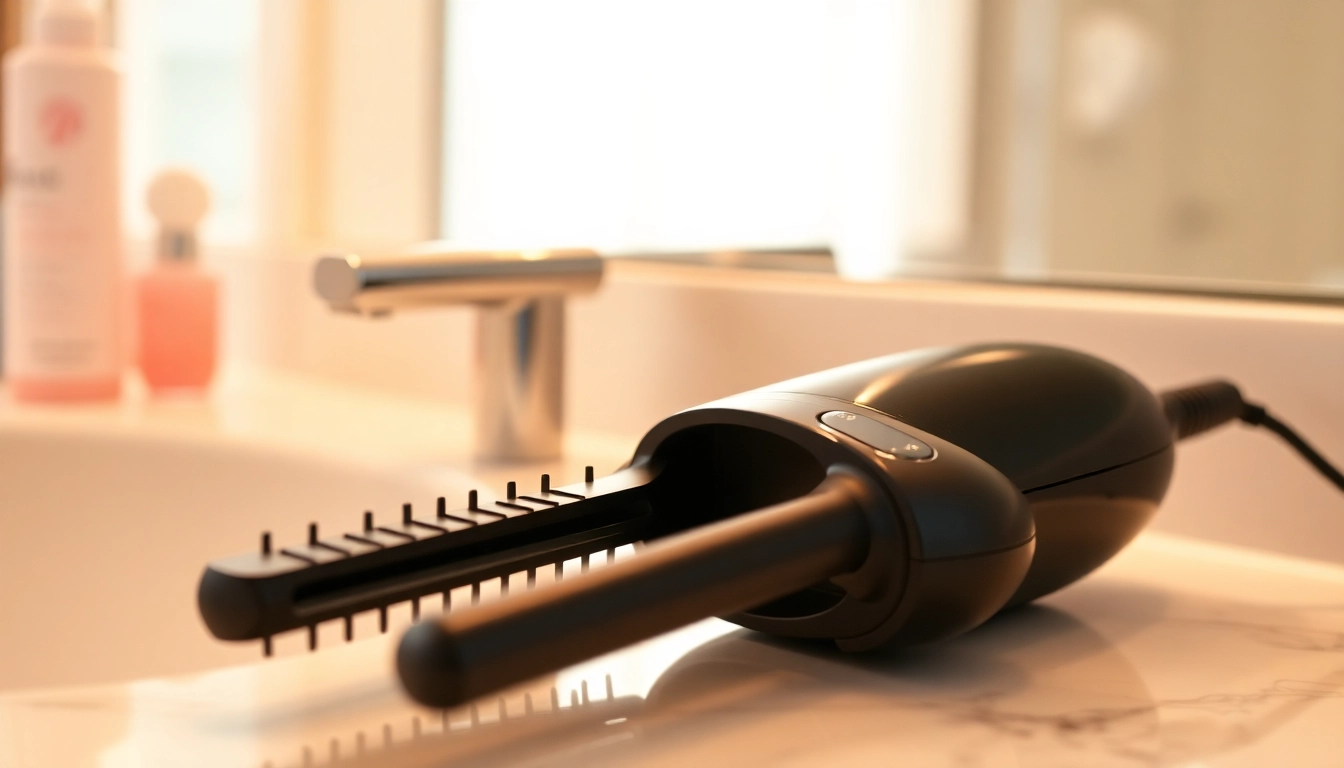

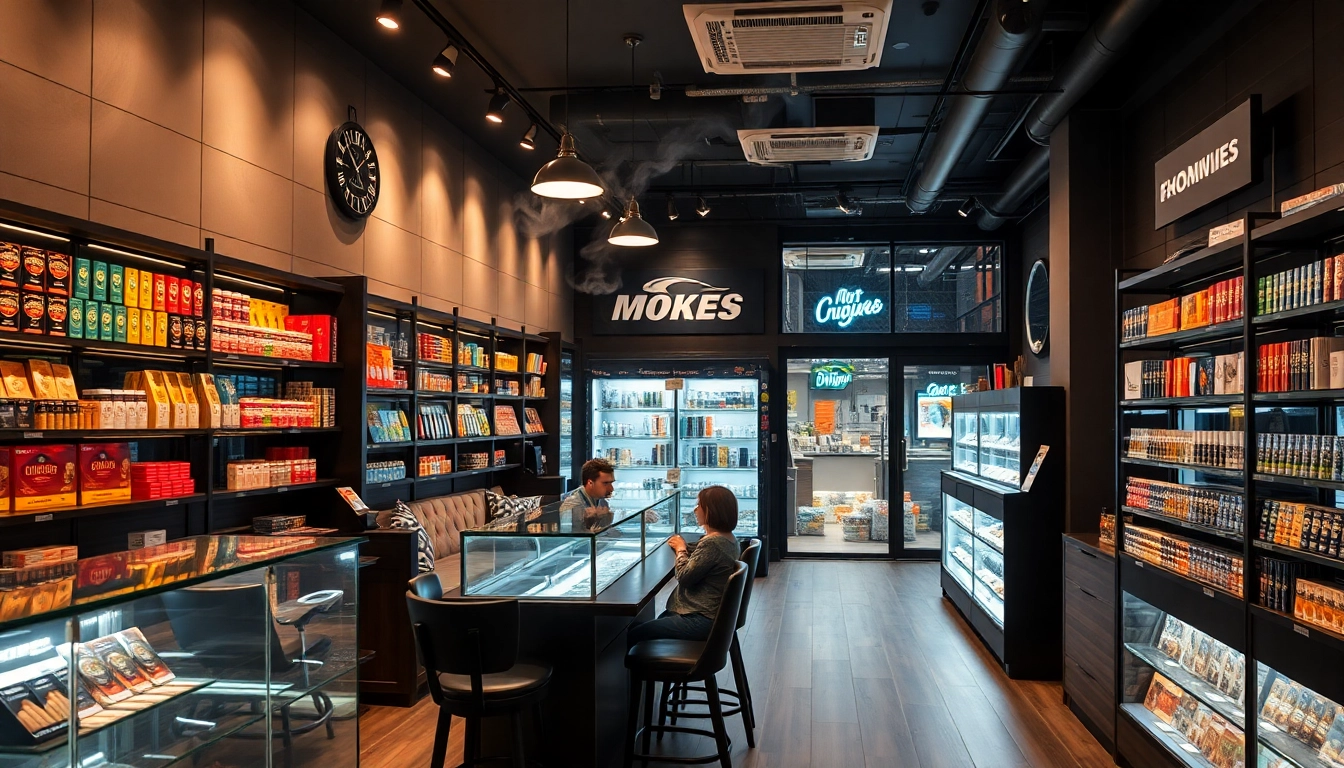

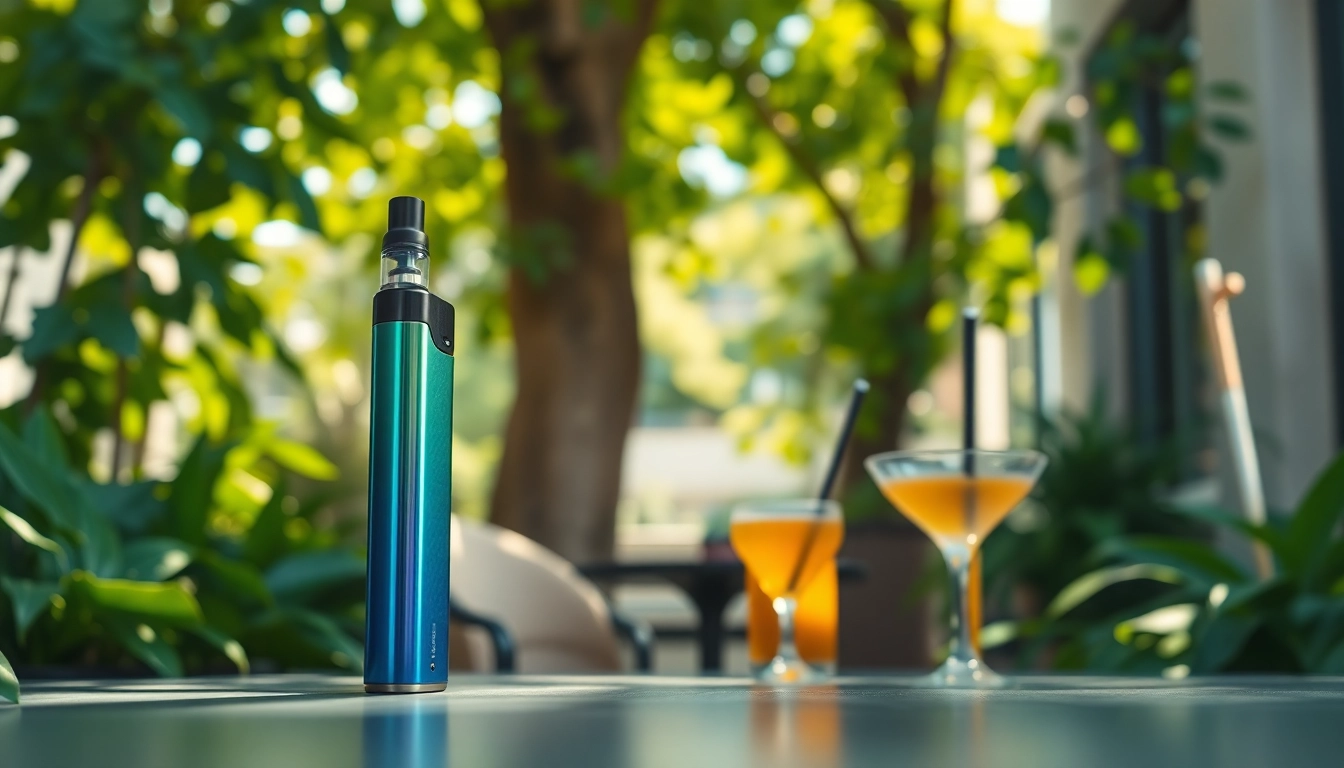
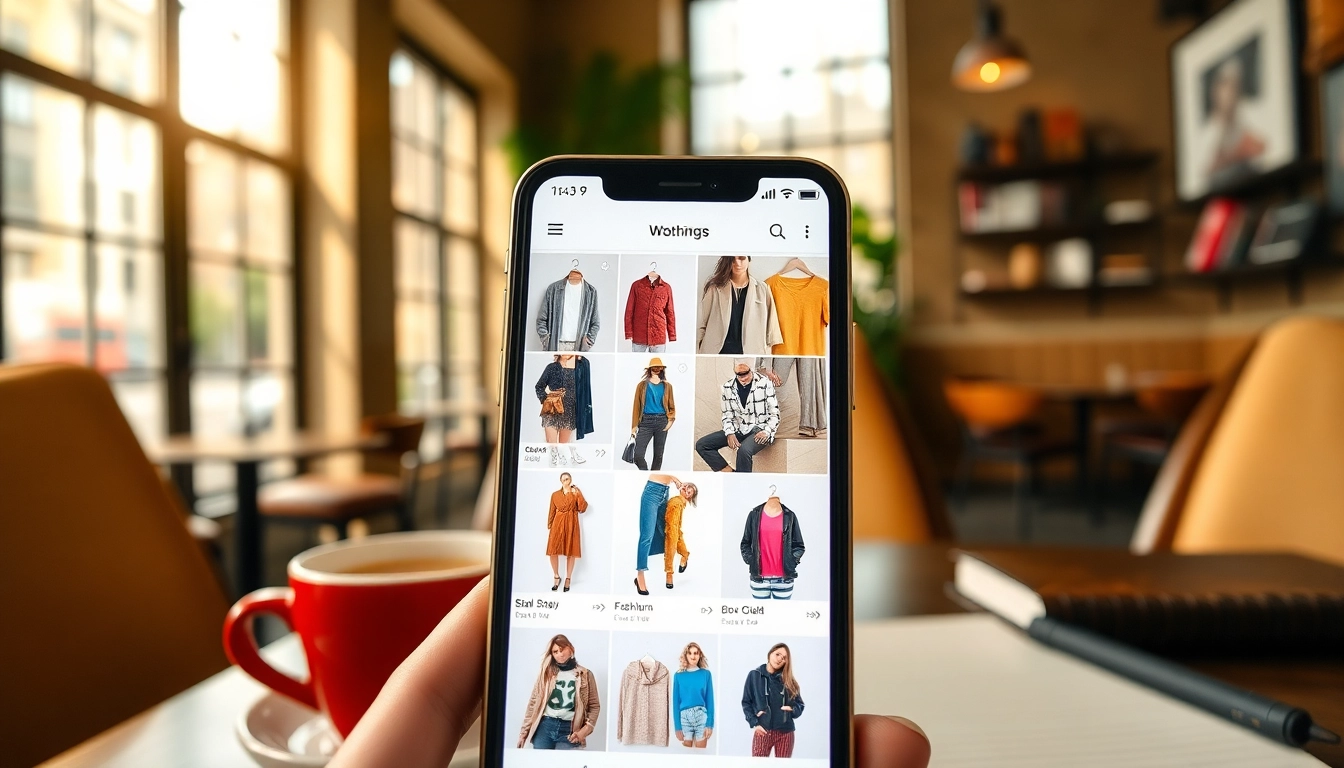
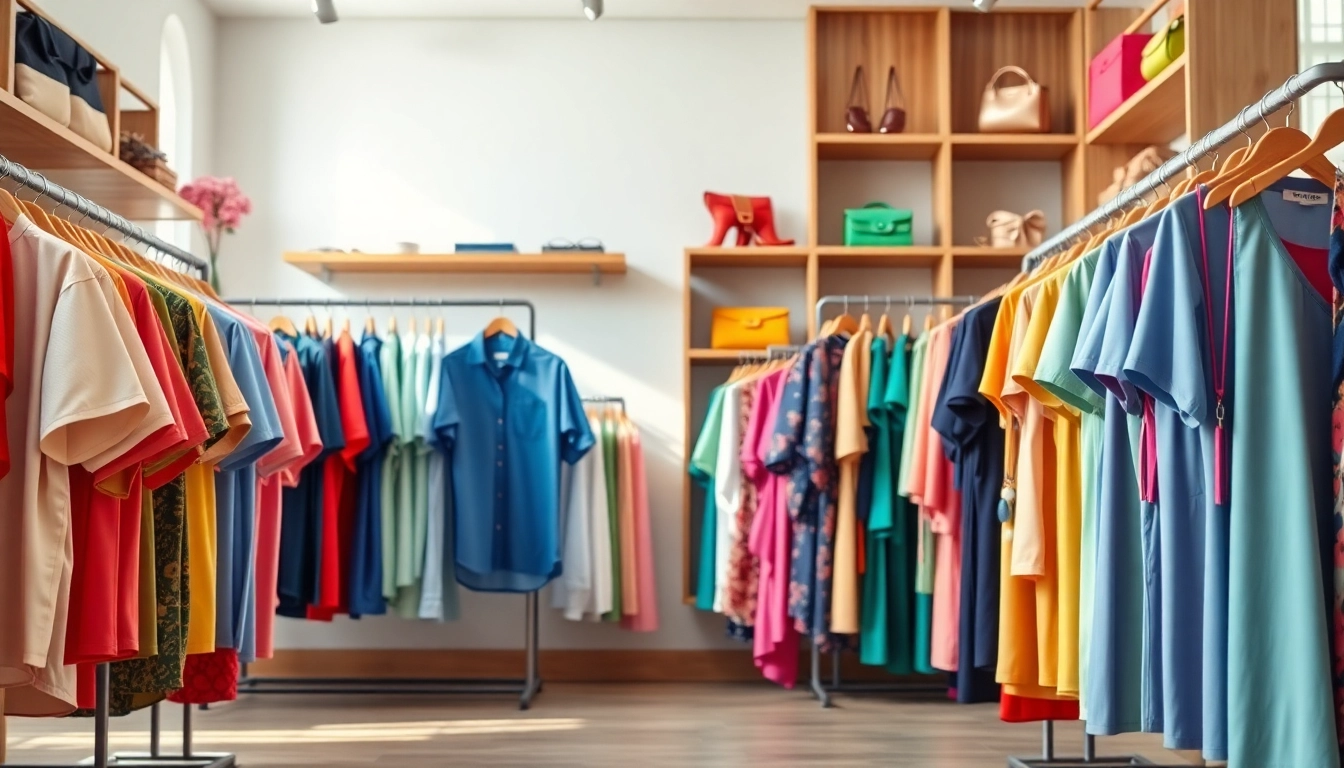

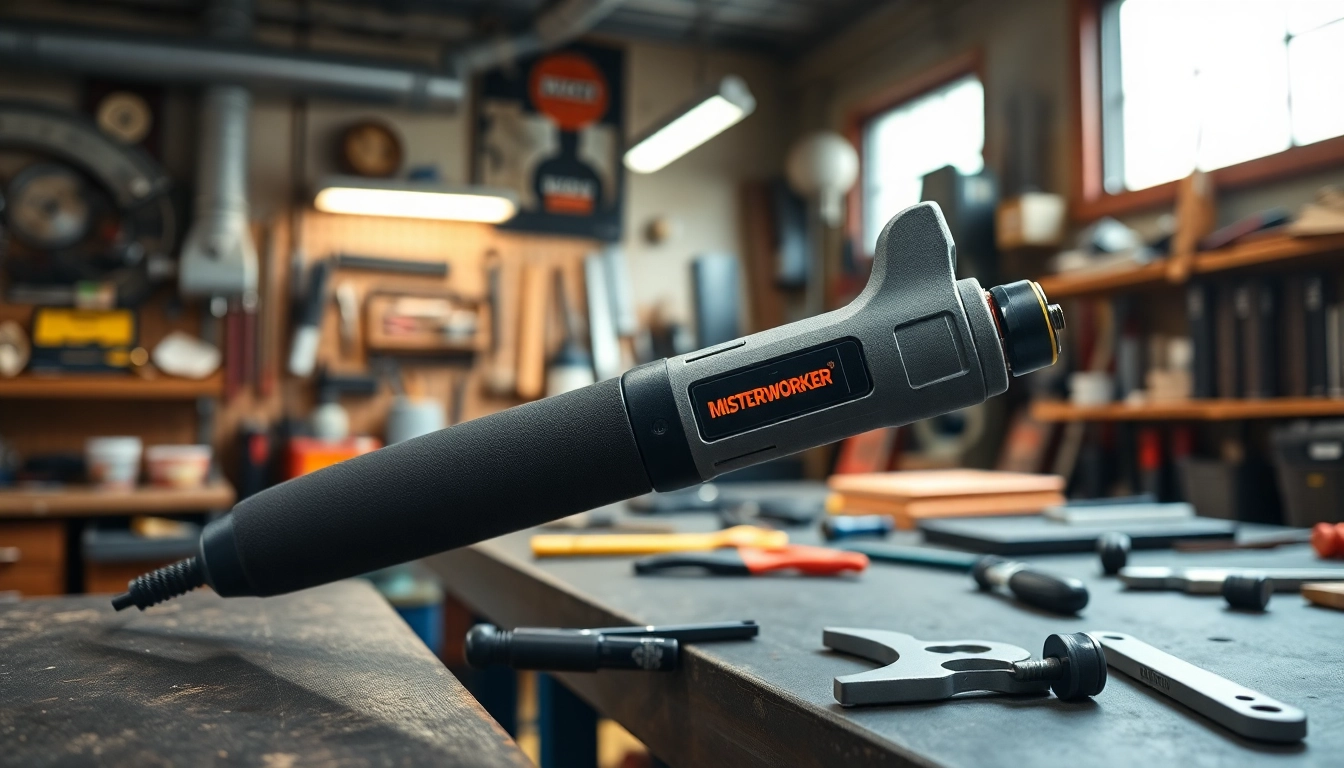
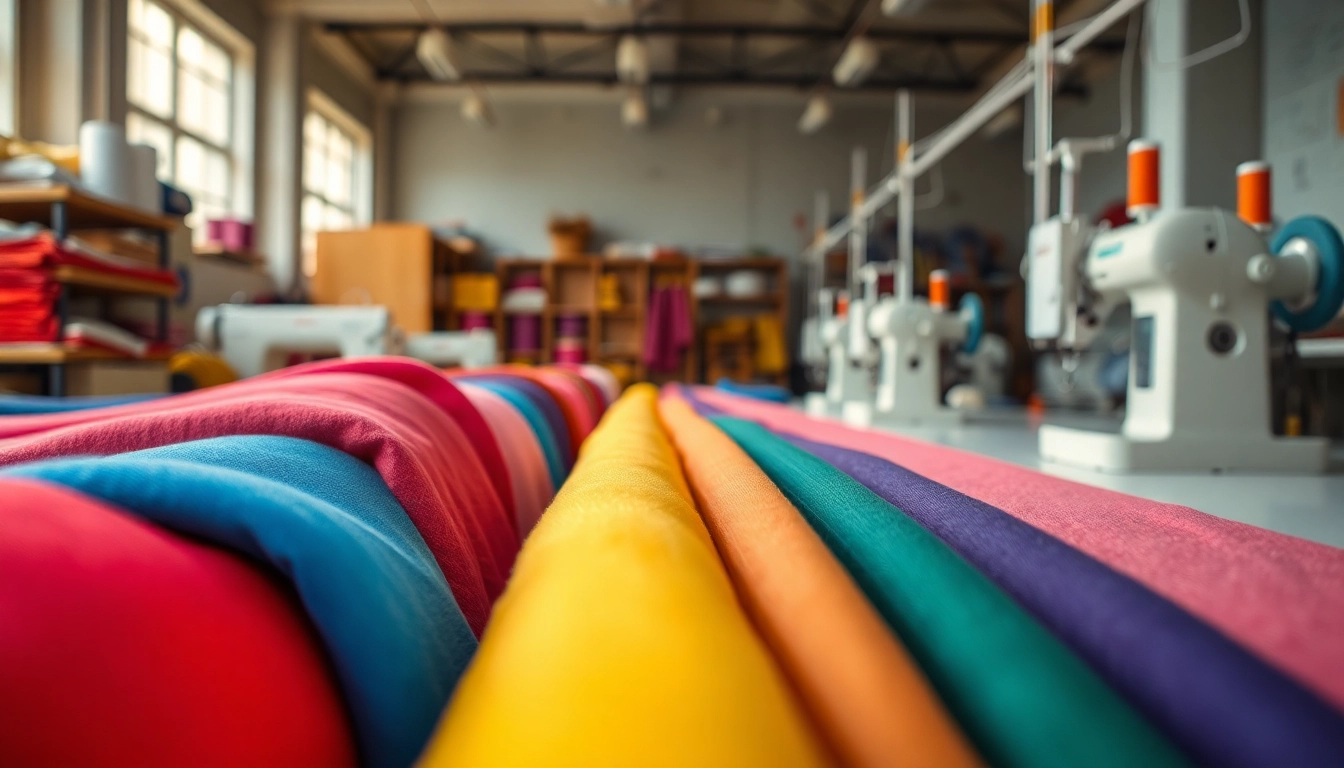
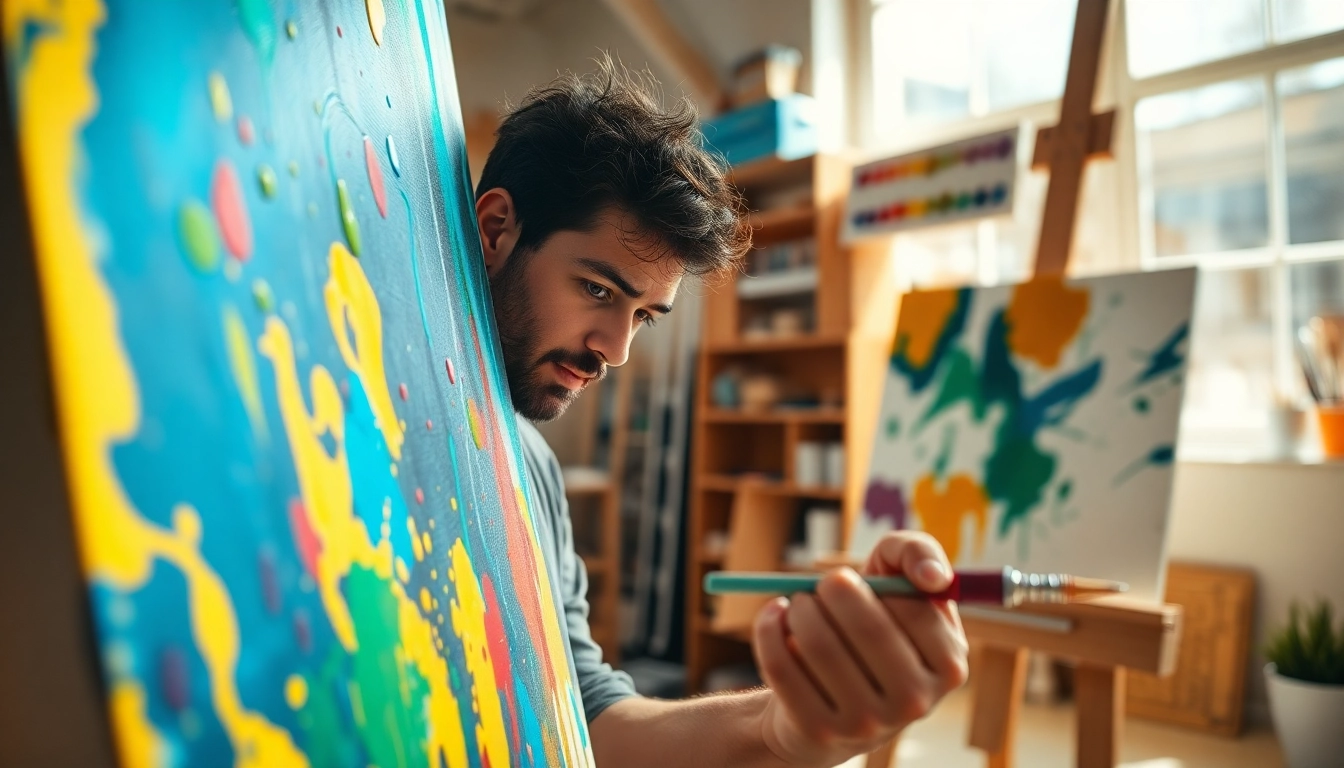
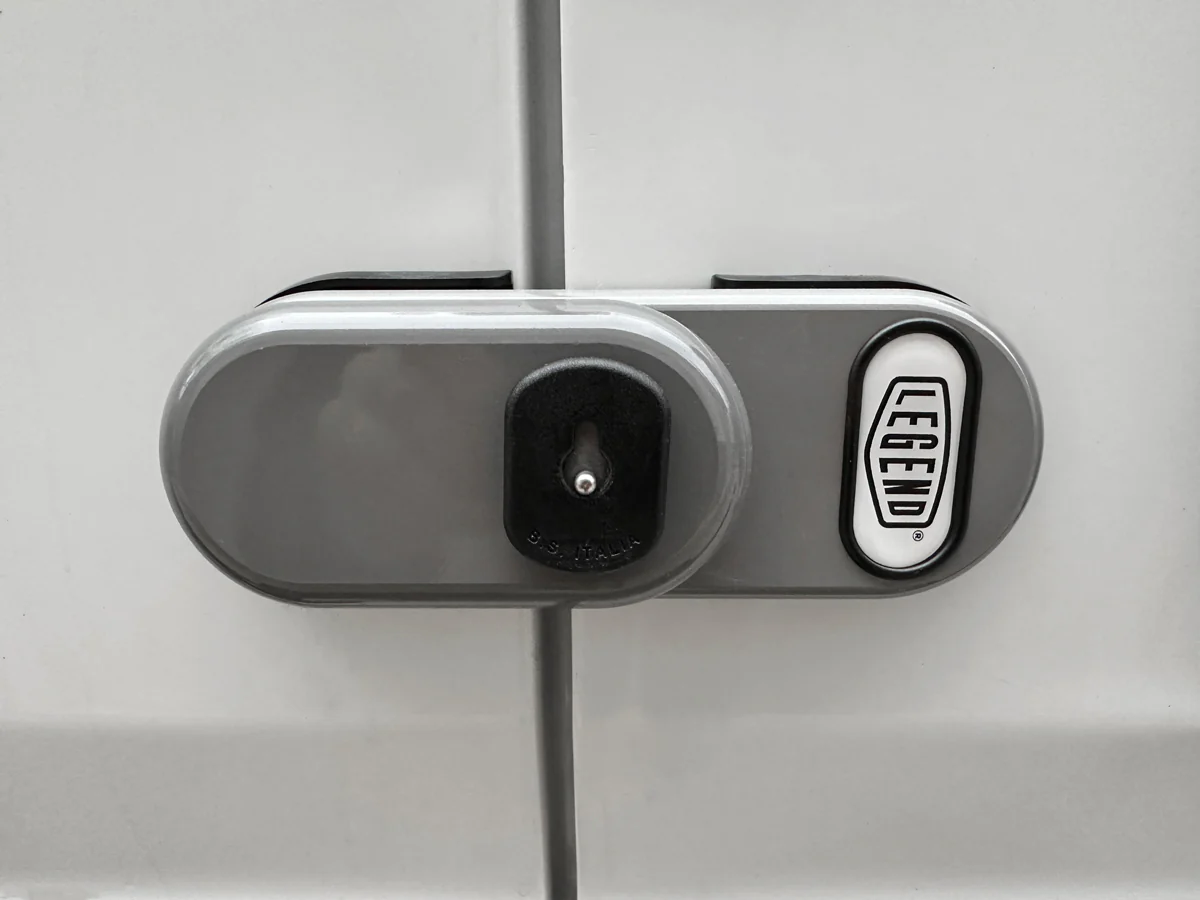
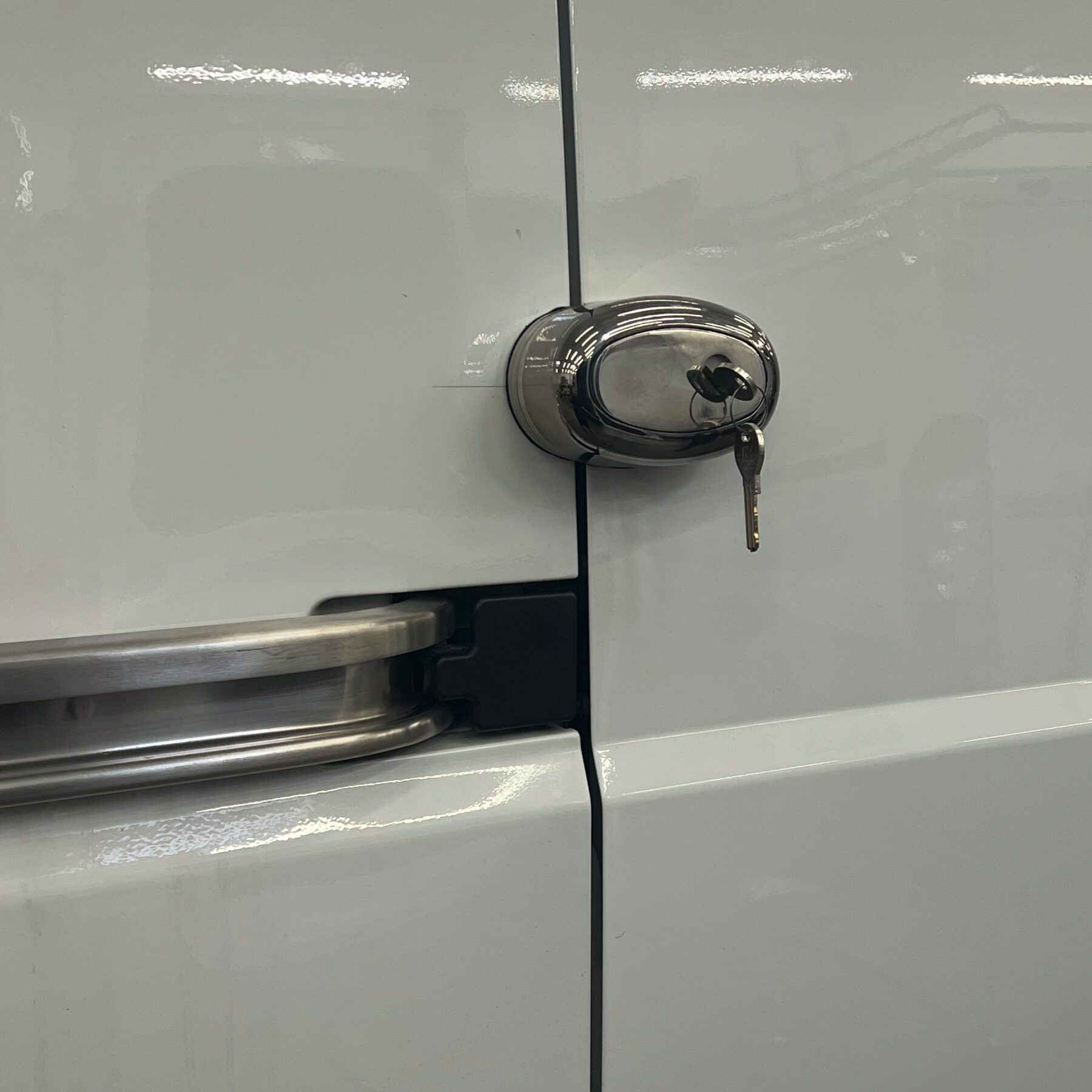

Leave a Reply